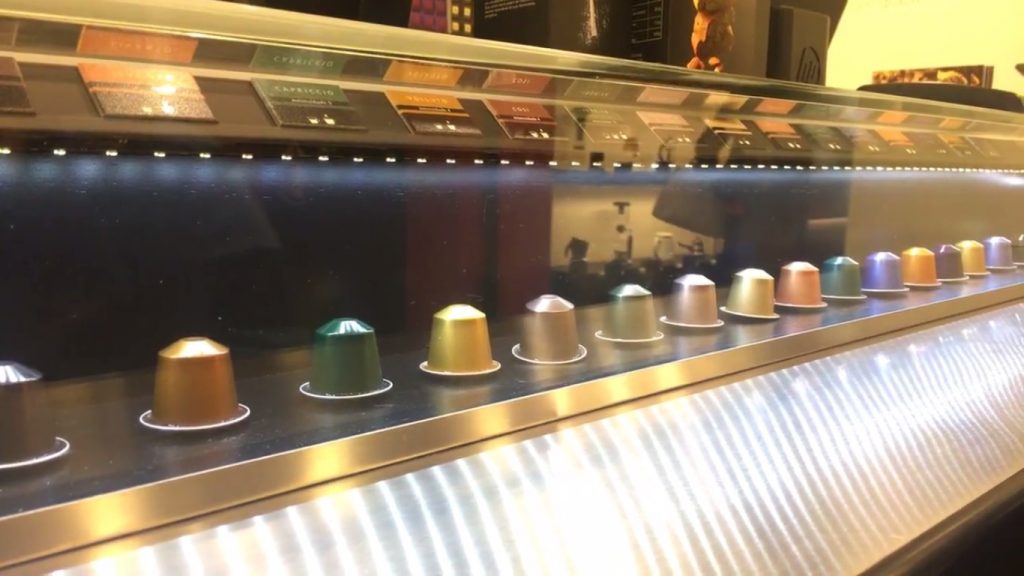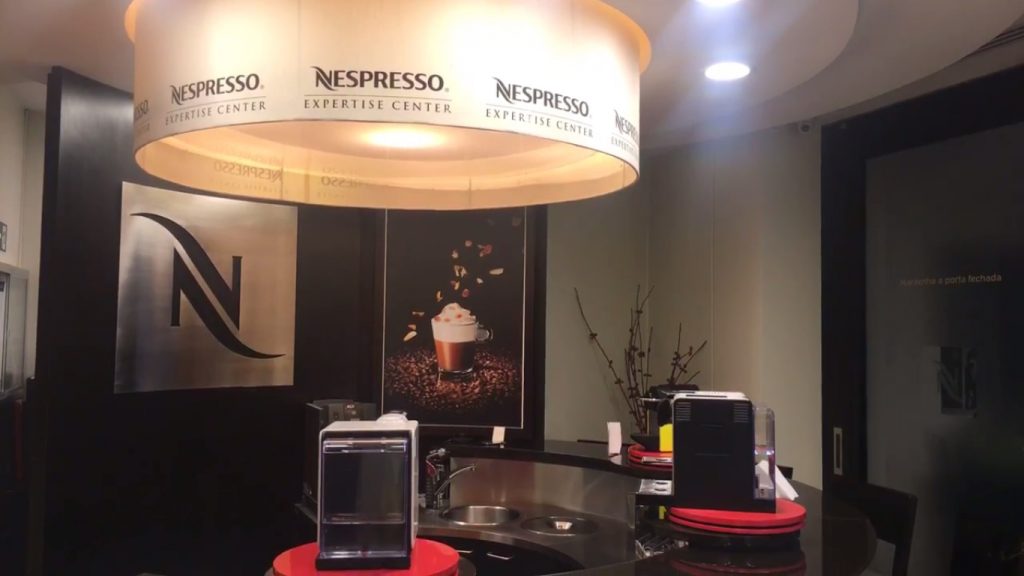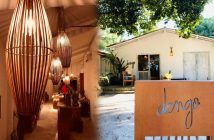And how they help to popularize our specialty coffees!
In a country where filtered coffee is the population’s favorite, the excellent marketing combined to the practicality of the capsules has been fundamental to pave our way of drinking coffee
Contemporary society changes at a fast pace. These changes create new market demands that must be met. The consumer creates the demand. And the world coffee consumption also follows the same trend.
A new coffee consumer began to emerge. Chinese and Indians discovered the pleasure of a good cup of coffee. Coffee shops scattered around the world help to spread the consumption in the streets and create a demand for specialty coffees. Large companies in the food and beverage industry entered the capsule coffee market.
A new concept explains the coffee consumption in “waves”: first, second and third waves, coined by the barista Trish Skeie, in 2003. In general, the first refers to the proliferation of coffee consumption worldwide, especially in the Post World War II period. The second wave originated from the quality improvement of the commodity due to the preference for grains of the arabica species. When the great networks of coffee shops, like Starbucks, began to appear in the sector. The usage expansion of espresso coffee machines emerges in this moment. The third wave is characterized by the fact that coffee is consumed by what is, and not because of the caffeine effects. The goal is to thoroughly understand all the properties and nuances of the drink and preparation process in order to enhance the taste. During this wave, the specialty coffees appear in the market.

(Nespresso machines at display in Nespresso Expertise Center)
The Capsules (second wave)
Nespresso began only as an idea in 1970, still within Nestlé. Its creators took 16 years to come up with the specialty coffee capsule concept, which needed a machine to be made.
In 1986, Nespresso was established in Switzerland. Ten years later, the system was already present in 3,500 points of sale and had 180 thousand users.
Today, it operates in 70 countries and Brazil is already among the 10 largest markets, where it arrived in 2006. With a major difference: we are the largest coffee suppliers for Nespresso in the world. In the exactly same year, Nespresso brought to Brazil the luxury concept of the final product, and inaugurated a boutique-bar in Jardins, in São Paulo, the first in Latin America. Marketing beyond efficient.

(Nespresso capsules at display on Nespresso Expertise Center)
We and Nespresso
“In Brazil, the biggest coffee drinker is the sink, people use a filter, you drink a little and the rest goes literally to the drain”, explains Nespresso’s Coffee Ambassador Cláudia Leite. “Capsules are a smart response to this waste”, she says.
“With a lot of dedication and work, we managed to make the world look at Brazil’s coffee in a different way”, explains Claudia.
In the world, Nespresso works with about 7,000 coffee farms and 300 agronomists. In Brazil alone, there are two thousand, with 35 agronomists dedicated exclusively to the coffee production, who work the whole year with the farmers.
“To do a long-term job I have to be there the whole year, with our agronomist making an analysis, creating a joint action plan to improve the quality, within the reality of each farm”, she says.

(Coffee machines stand at the Nespresso Expertise Center)
Nespresso, as a major food and beverage company, needs consistency in the product it delivers to the customer. It has to offer to the customer a product always within the same quality standards, even if its origin does not have the same quality. “We only buy the highest quality coffees, with a high coffee pre-cleaner (17,18), with a very low defect pattern (2, 3).
Nespresso ensures consistency in this coffee due to its work in conjunction with the producer. We work with different types of coffees, some of pure origin, and others with our blends, as we try to work with different recipes so that each country has a specific roasting and grinding recipe. This brings a richer product, as we treat each source individually. Only then will we express our maximum potential to each country in which we operate. When we make a coffee blend, we guarantee that – with some adjustments in roasting and grinding – we can achieve the consistency that we want”, explains the executive. Then all the coffee is sent to the factory in Switzerland, where it is produced and then distributed to the whole world.
The company has three roast factories, all in the French portion of Switzerland. All of them have to carry out an almost handicraft work considering the specific roasting profiles, with huge numbers of coffee. After being roasted, the coffee has no contact with the air.

(Different flavors of Nespresso coffee capsules)
Product Lines
Since the launch, more than 100 different coffees have been developed. “The consumer has the opportunity to meet coffees from around the world. This happens with the machines as well. We made a model that had different skins, like a cell phone cover. This sells a lot in Brazil. We want to increase coffee consumption by bringing it to the fore. We want to make the machines more and more sustainable, with less parts to be changed every time we produce another edition, so that in the future it will be easier to recycle”, Cláudia concludes.
Cláudia Leite
Cláudia Leite has been working at Nespresso for 11 years and just over 20 years at Nestlé. She was the first Nespresso’s collaborator in Latin America, transferred from the position as commercial and marketing manager at Nestlé.
“This is basically how I started working at Nespresso, bringing customers to hotels and restaurants. We first implemented the BtoB department, and then the BtoC. I implemented the service called HORECA, hotels, restaurants and coffee shops.
We started our working efforts even before the opening of the first boutique, which was the Nespresso Expertise Center, in Jardins, in São Paulo. “The objective was to be able to explain exactly what coffee was, to show the Nespresso concept for this audience to start tasting, appreciating and recognizing our coffees”, she says.
(Cláudia Leite, Nespresso Coffee Ambassador)
At the time, before opening the first boutique, there were 12 people. Today, we have over 500 people working in Brazil. “Before we opened the first boutiques I went to study, I studied more about coffee in Brazil as well as in other countries. I went to Austria, which has one of the best barista schools in the world. I did all the courses available in Brazil about coffee. I decided to do my master’s degree at USP (University of São Paulo) about coffee to talk about its sensory part. As I came from this field of work and research regarding beverages, wine, nutrition and food, I have a great bond with the perception that the consumer will recognize that product. I dedicated myself to studying and began to train employees on coffee. Talking about quality coffee at that time was difficult, promoting dialogue with the consumer and other opinion makers was a great challenge”, she recalls.
“Until 2012, while we were opening the Nespresso boutiques, I was invited to create a new company division, which is the coffee division. I found it interesting, and wanted to know how to describe this division and people told me that it did not exist, that all I could do is what I believed to be right. I wrote down what was my job description, defined the strategy, aligned with Switzerland telling what I planned to do, asked if they had something similar to this division and they told me that I was going to be the first and that I could count on their support. My position at the time was called Coffee Affairs, today, it is Coffee Ambassador. Currently, the position exists in 35 countries where the company operates. This year, it also added the sustainability department.”




